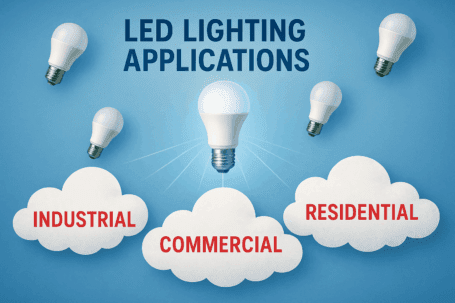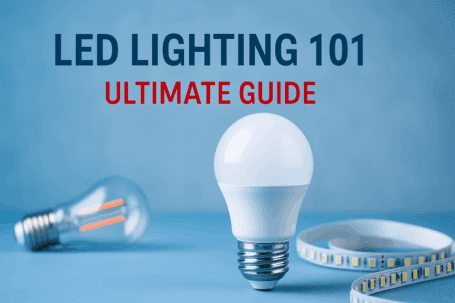LEDs offer the perfect blend of energy efficiency and technologically advanced lighting, transforming the way many corporate and commercial spaces illuminate their buildings. Grocery store lighting and displays are already specified down to the minute details to create the right layers of lighting, the illusion of sections in open spaces, and the right visuals to sell goods. But LEDs can help improve the system. Here’s how:
Decrease heat output near refrigerators and freezers.
Traditional light bulbs have a lot of heat. That means, when you had to find the correct light bulbs to make frozen goods and temperature-controlled displays look as inviting as possible, you had to make compromises between close, welcoming lighting and food safety. However, LEDs eliminate the need for a cost-benefit analysis and reduce wasted space near the tops of lit shelves. They generate very little heat, which means nearby food doesn’t feel the effects, and overall refrigeration costs can go down by up to sixty percent.
Combined with motion-sensitive sensors, this can help boost a small margin of profits by keeping electricity expenses lower. If you’re in a county or state that offers tax incentives to commercial entities that introduce energy-efficient measures, you can even recoup part of the installation costs immediately.
Eliminate CFLs and poor lighting.
Company fluorescent light bulbs, or CFLs, are not the best choice for grocery stores. While they use less energy and produce less heat than incandescent lights, they are still not the ideal solution for illuminating produce, making frozen goods safe, or lighting up displays. Having a lot of CFLs also increases the likelihood of mercury contamination in the food displays they illuminate. Switching to LEDs reduces chemical hazards and enables more precise lighting control.





